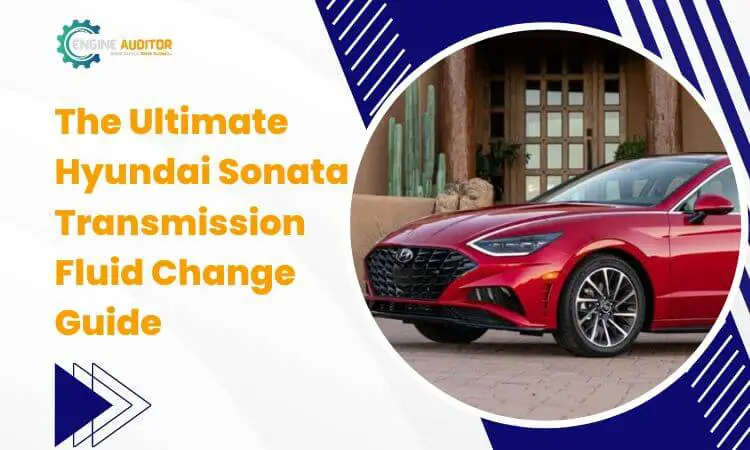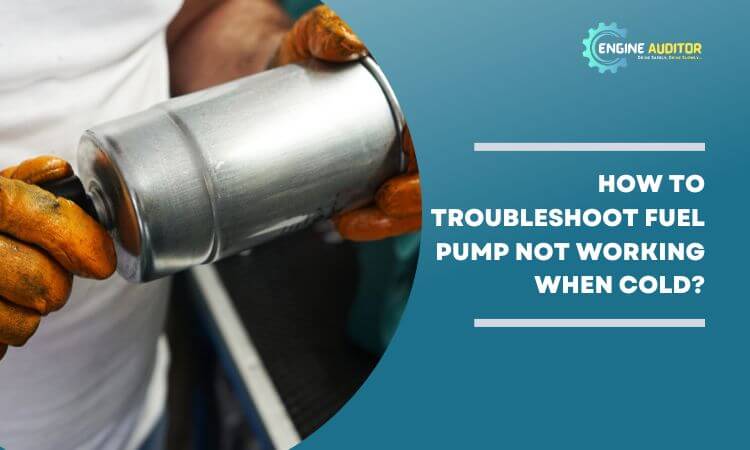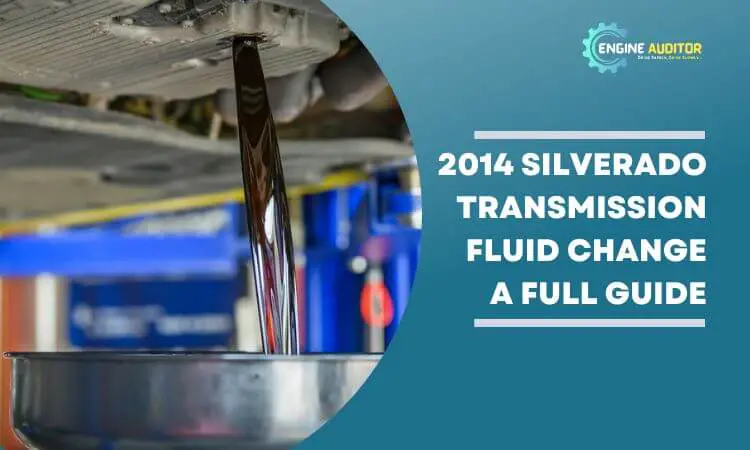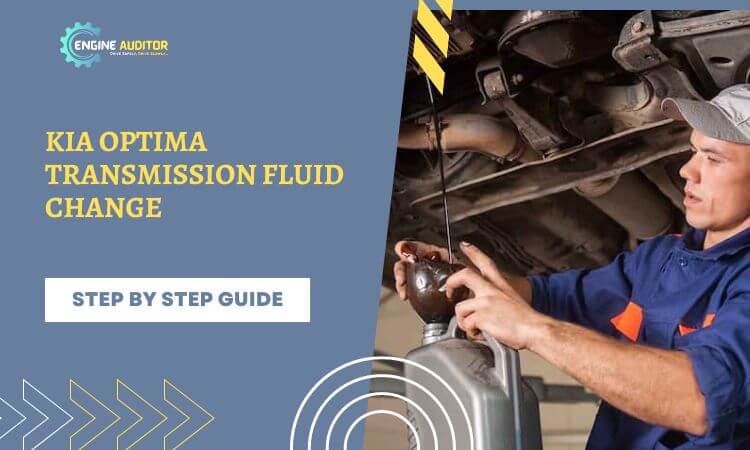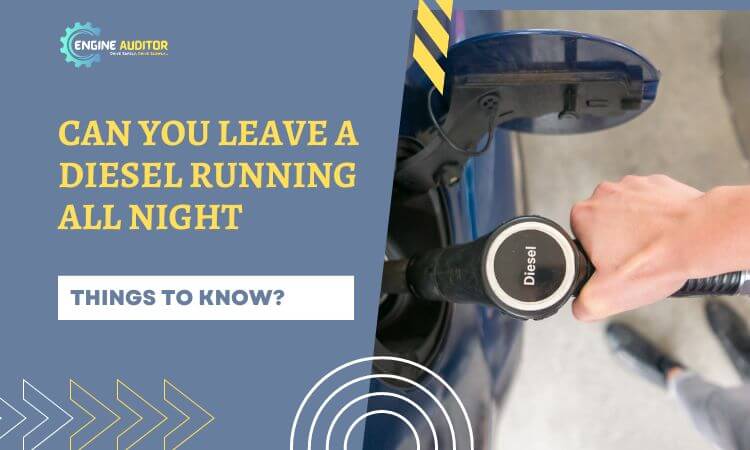Hey there! This post contains affiliate links to products. We may receive a commission for purchases made through these links. But it never influences our product selection process.
The main job of oil pressure relief valves in vehicles is to regulate and monitor the oil pressure to protect engines. However, these pressure relief valves easily get stuck due to deposits of debris and oxidation materials. When they become stuck, a car’s engine lifespan gradually reduces.
So, the main question is how to unstick oil pressure relief valves. Well, the best thing to do here is to replace the stuck PRV. You can also manually change the oil pressure to make the valve move. But this won’t solve anything for good. Ultimately, proper replacement is the only fruitful solution here.
A valve that’s stuck for once, is sure to get stuck and hamper the engine performance again and again sooner. So, I will tell you how you can unstick your car engine’s oil pressure relief valve without hiring any expert.
Reasons behind Oil Pressure Relief Valve Getting Stuck

You may have a Dodge Ram, Jeep Grand Cherokee or Jeep Wagoneer where the oil PRV stucking is a common problem. If you find Dodge Ram hemi oil pressure issues or the same issues in whatever brand/model you have, the first and main culprit is the dust and corrosion. The pressure relief valve of these vehicles can become stuck due to contaminants such as lint, dirt, rust, sludge, or even misalignment mostly.
It is common for debris and dust to build up on the valve seat, which prevents the valve from closing properly. If the oil is not changed regularly, or the engine of your vehicle isn’t properly cleaned, debris sits on the valve, causing it to fail.
A corroded valve can also become stuck, more likely to occur in an older engine, where the valve may not have been replaced for many years.
Saltwater can also cause corrosion, as can defective oil. All these can lessen the life of the pressure relief valve as well as the engine.
How to Unstick Oil Pressure Relief Valves? Easy 3 methods That works

Nowadays, a stuck oil pressure relief valve is a common problem. It is not a good decision to go to the car mechanic every time when you can just do it at home.
It saves a lot of your money and energy. There are three methods that can help you to get relief from such oil pressure problems related to the relief valve and unstic it successfully.
- By using the air pressure
- By increasing the pressure of oil
- By replacing the oil pressure relief valve.
Method 1: Unstick Oil Pressure Relief Valves by using the Air Pressure
This method is least suggested and usually done by experts. All you need to do is inspect the PRV and use the air pressure up to 115 psi. If the pressure relief valve has not unstuck, don’t increase the pressure at any cost.
Method 2: Unstick Oil Pressure Relief Valves by increasing the pressure of oil
This is usually applicable for newer PRV. If the valve is not really stuck by any dirt or debris, you can examine it by increasing the oil pressure.
The aforementioned first two methods are like first aid, if they work out, the valve is good to go for a while. The permanent solution can be a more suitable replacement.
However, replacing an oil pressure relief valve is not a tricky method if you have proper guidelines. The entire procedure is divided into two parts:
- Removing the Stuck Oil Pressure Relief Valve
- Inspecting and Replacing
So, let’s get straight to the method.
Method 3: Unstick Oil PRV by replacing/Inspecting it with the new one
At first, you need to remove it or you can say this is an opening method. To do this, you will need some tools and manuals.
Things you will need:
- Allen wrenches ( two sets)
- Puller tool
- New oil
- Oil filter
- Drain container for used oil
- Service manual
01. Removing the Stuck Oil Pressure Relief Valve: Step-by-Step Guide

Step 1: Study the Service Manual
Know about the vehicle’s service manual for clear instruction and the location of the parts before you take any action.
Step 2: Safety Precautions
Don’t forget to use eye protection and protective gloves. These are for safety purposes while handling chemicals or oils.
Step 3: Draining Oil
First of all, drain the oil into the container from the oil pump outlet. There shouldn’t be any oil left to hinder your removal job.
Step 4: Remove the Drain Plug
Next, carefully remove the drain plug using an Allen wrench. Keep the old one aside. Replace this drain plug with a new one.
Step 5: Replace the Engine Oil Filter
Don’t forget to remove the old dusty engine oil filter and install a new one. Using the old one again means letting the new PRV get clogged or corroded.
Step 6: Refill the Fresh Oil
Now, remove all the used oil. Fill your engine with fresh oil.
Step 7: Opening the Oil Pressure Relief Valve
Finally, open the oil pressure relief valve using the puller tool. This is the main part of this process. Take your time while revealing the valve from the engine.
02. Inspecting and Replacing (Easy 4 steps)
Step 1: Fixing the Damage (if needed)
After removing the old valve, inspect whether it is damaged or not. If the oil pressure relief valve is not damaged enough, soak the oil from inside and clean the valve properly. Also, don’t forget to skip Step 2 if your old version seems okay.
[Note: If the valve is stuck once, there is a possibility of getting it stuck frequently. I won’t stop you from using your old valve that can work for a few months more. But any expert would suggest replacing it.]
Step 2: Installing Oil Pressure Relief Valve
Take a new oil pressure relief valve for installation. Call your partner or co-worker and start the engine. The control panel should be also controlled during the installation process.
Step 3: Pressure Declining
By regulating the pressure relief valve, decline the pressure up to 200 psi. You can see it reset. Gradually, by reducing the pressure, make it to zero and turn off the pump as well.
Step 4: Tightening
Finally, tighten the nut and examine the entire method whether working properly. This is how you can replace new oil pressure relief valves at home.
If you find an oil pressure problem in your Chevrolet Silverado car such as its relief valve clogged badly, then replacing it with a new one is a better solution. In this regard, I suggest you install OEM NEW Engine Oil Pressure Relief Valve.
Things to Do for Keeping Your Oil Pressure Relief Valve Good
The oil pressure relief valve tends to keep the engine of the vehicle safe by maintaining the oil pressure. To keep it in a good condition for a longer time (up to 5-7 years), you need to maintain some stuff. They are:
- Make sure the engine oil is changed regularly. Old engine oil attracts debris, causing the PRV to be stuck.
- After 12 months, inspecting the valve is mandatory.
- Learn how to clean oil pressure relief valves from time to time.
Any More Questions?
What are the signs of a stuck oil pressure relief valve?
There are some signs and from that, you can tell that the oil pressure relief valve is stuck without inspection.
01. If you hear some hissing sound coming from the valve, inspect as early as possible.
02. If the oil pressure is higher than usual, the oil pressure relief valve is definitely stuck.
03. The engine gets comparatively hot.
04. Sometimes the lights may come off and that is the sign of a stuck oil pressure relief valve
Can the oil pressure relief valve be stuck open?
No! Absolutely not! The oil pressure relief valve is stuck open means there is a serious failure in the system. An open valve is a sign of damaging oil filter and this may cause the failure of the engine as well.
Where is the oil pressure relief valve located?
Almost every modern vehicle includes the oil pressure relief valve. It is located in the oil pump housing (inside of the engine), to be specific, behind the timing cover, you would find the oil pressure relief valve.
Cost to replace oil pressure relief valve:
01. The cost of oil pressure relief valve replacement will depend on 3 points. These include:
02. Cost of the parts
03. Cost of labor and
04. Car model/workshop category
The cost of car parts needed for replacement is between $100-$200 (It varies depending on car models). The labor cost is between $75 to $160 (it may vary due to the automotive workshop).
However, on average, you need to spend more or less $300 to $350 for an oil pressure relief valve.
To Summarize
You may get confused about why I’ve focused on replacing the badly stuck oil pressure relief valve when the main point is to guide you on how to unstick oil pressure relief valves.
The main thing is no matter which method you try to fix the stuck valve, eventually, it’d go bad again. So, why not replace it instead of working so hard?
I think there won’t be any problem after replacing the stuck oil pressure relief valve. But still, if you face any issues, feel free to reach us.

